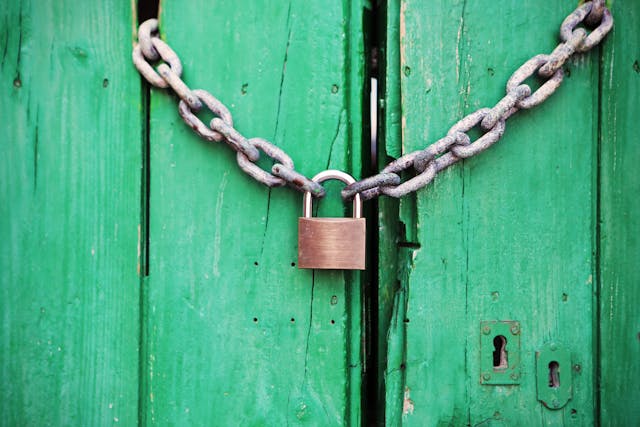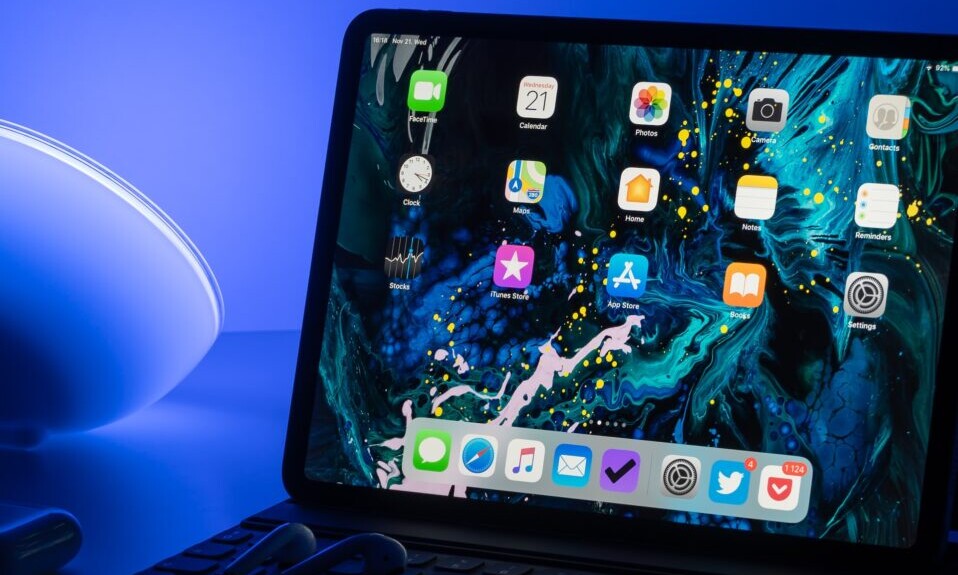It ensures that websites and other online services won’t be able to see your true IP address or know where in the world your computer is actually located
In an era where data breaches, online tracking, and identity theft dominate headlines, safeguarding your privacy has never been more urgent. Every click, purchase, and social media post leaves a digital footprint that corporations, hackers, and even governments can exploit. While there’s no single magic bullet to secure your entire digital life, experts agree on one critical step that stands above the rest: enable two-factor authentication (2FA) on all your accounts. This article explores why 2FA is the one thing you should do right now to protect your privacy, how it works, why it’s so effective, and how to implement it today—starting with practical, actionable steps.
The Growing Threat to Your Privacy
Before diving into the solution, let’s set the stage. As of March 21, 2025, privacy threats are escalating. The Identity Theft Resource Center reported over 1,800 data breaches in 2024 alone, exposing billions of records. Meanwhile, companies like Google, Meta, and Amazon harvest vast amounts of user data for targeted advertising, often without explicit consent. Hackers, too, have grown sophisticated, using phishing scams and password-guessing tools to infiltrate accounts. A single weak password can unlock your email, bank account, or social media—potentially unraveling your entire digital life.
Amid this chaos, 2FA emerges as a simple yet powerful shield. It’s not just a tech buzzword—it’s your first line of defense.
What Is Two-Factor Authentication (2FA)?
Two-factor authentication adds an extra layer of security beyond your password. Traditionally, logging into an account requires just one factor: something you know (your password). 2FA introduces a second factor, typically something you have (like your phone) or something you are (like a fingerprint). The most common setup involves receiving a temporary code via text, email, or an authenticator app after entering your password.
Think of it like a bank vault: a password is the key, but 2FA is the combination lock. Without both, no one gets in—not even someone who’s stolen your password.
Why 2FA Is the One Thing You Should Do Right Now
1. Passwords Alone Aren’t Enough
Passwords are notoriously vulnerable. A 2024 Verizon Data Breach Investigations Report found that 81% of hacking-related breaches involved weak, stolen, or reused passwords. People often use predictable combinations like “password123” or recycle the same password across multiple sites. If one account is compromised, others fall like dominoes. 2FA stops this chain reaction by requiring a second, independent verification step.
2. It Foils Hackers
Even if a hacker obtains your password through phishing, malware, or a data breach, they can’t access your account without the second factor. For example, a six-digit code sent to your phone changes every 30 seconds in apps like Google Authenticator—impossible to guess and useless if intercepted later.
3. It’s Quick and Accessible
Unlike complex security overhauls (think VPNs or encrypted drives), enabling 2FA takes minutes and costs nothing. Most major platforms—Google, Microsoft, Facebook, banks, and even gaming services—offer it for free. You don’t need to be a tech wizard to set it up.
4. It Protects What Matters Most
Your email is the gateway to your digital life, often linked to password resets for other accounts. A 2023 study by Cybersecurity Insiders revealed that 91% of cyberattacks begin with email compromise. Securing it with 2FA can prevent a cascade of breaches. Beyond email, 2FA safeguards financial accounts, health records, and social media profiles where personal details are goldmines for identity thieves.
How Effective Is 2FA?
The numbers speak for themselves. Microsoft reported in 2021 that enabling 2FA blocks 99.9% of automated account takeover attempts. Google echoed this, stating that users with 2FA enabled are virtually immune to phishing attacks that rely on stolen credentials. While no system is foolproof—hackers can target phone numbers in rare “SIM swapping” schemes—the odds of a breach plummet with 2FA in place.
How to Enable 2FA Right Now: A Step-by-Step Guide
Ready to take action? Here’s how to protect your privacy with 2FA across your most critical accounts. Start today—every minute without it is a risk.
Step 1: Prioritize Your Accounts
Begin with the big three: your email (e.g., Gmail, Outlook), your bank, and your primary social media account (e.g., Facebook, X). These are high-value targets for attackers.
Step 2: Choose Your 2FA Method
- Text Message (SMS): A code is sent to your phone. Simple but less secure due to potential SIM swapping.
- Authenticator Apps: Apps like Google Authenticator, Microsoft Authenticator, or Authy generate codes offline. This is the gold standard—faster and safer than SMS.
- Hardware Keys: Physical devices like YubiKey offer top-tier security for advanced users (optional for most).
For beginners, an authenticator app strikes the best balance of security and convenience.
Step 3: Enable 2FA on Key Platforms
Here’s how to set it up on some popular services as of March 21, 2025:
Gmail
- Go to your Google Account settings (myaccount.google.com).
- Click “Security” > “2-Step Verification.”
- Choose “Get Started” and follow prompts to link your phone or an authenticator app.
- Save backup codes (print or store them securely) in case you lose your device.
Bank Accounts
- Log into your bank’s website or app.
- Navigate to security or account settings (varies by bank—check their help page if unsure).
- Opt for 2FA via SMS or an app, depending on what’s offered.
- Verify your identity as prompted.
- Go to “Settings & Privacy” > “Settings.”
- Click “Security and Login” > “Two-Factor Authentication.”
- Select an authenticator app or SMS, then follow instructions.
- Store recovery codes in a safe place.
Repeat this process for other accounts—think Amazon, PayPal, or work-related logins.
Step 4: Test It
Log out and back in to confirm 2FA works. Enter your password, then the code from your phone or app. If it fails, double-check setup or contact support.
Step 5: Secure Your Second Factor
- Keep your phone locked with a strong PIN or biometric authentication.
- Avoid public Wi-Fi when receiving codes unless using a VPN.
- Back up your 2FA settings (e.g., Authy allows cloud backups with encryption).
Common Myths About 2FA
- “It’s Too Complicated”: Once set up, it takes seconds to enter a code. Apps even sync across devices for seamless use.
- “I Don’t Have Anything Worth Stealing”: Hackers don’t care—they’ll use your email to scam contacts or sell your data.
- “SMS Is Good Enough”: While better than nothing, SMS is vulnerable. Switch to an authenticator app for maximum protection.
Beyond 2FA: A Holistic Approach
While 2FA is the one thing you should do right now, it’s not the only step. Pair it with strong, unique passwords (use a password manager like LastPass or 1Password), regular software updates, and caution against phishing links. Together, these habits build a robust privacy fortress.
Why Act Now?
Every day without 2FA is a gamble. A single breach can cost you money, time, and peace of mind—imagine losing access to your savings or having your identity stolen. As of March 21, 2025, the digital landscape is more treacherous than ever, with AI-driven cyberattacks on the rise. Enabling 2FA takes less than 10 minutes but offers lasting protection.
Conclusion
Privacy isn’t a luxury—it’s a necessity. The one thing you should do right now to protect it is enable two-factor authentication. It’s fast, free, and proven to thwart the vast majority of attacks. Don’t wait for a breach to spur you into action; secure your accounts today. Start with your email, move to your bank, and cover every corner of your digital life. In a world where threats lurk behind every click, 2FA is your simplest, most effective shield. Will you take the step?





